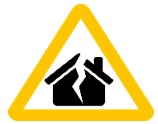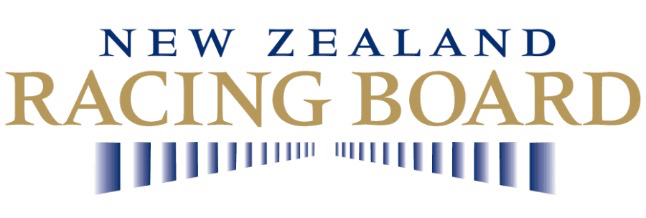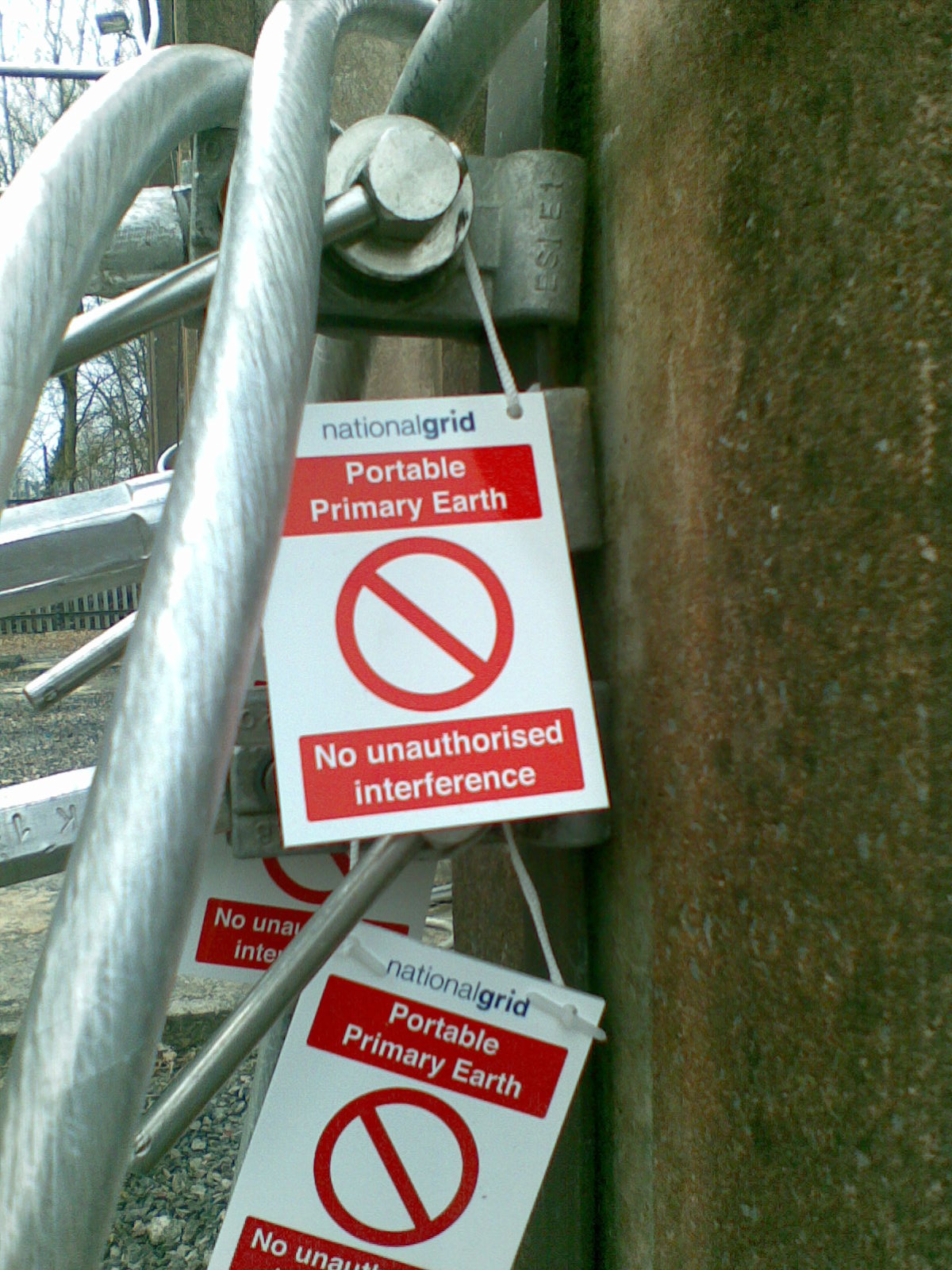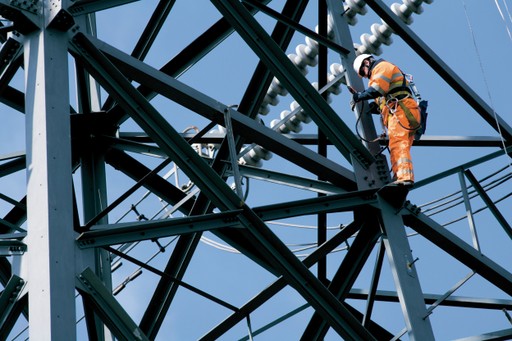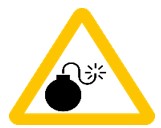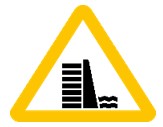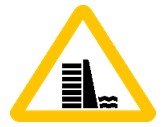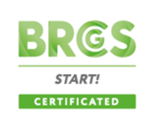Title Page
-
Site conducted
-
Conducted on
-
Prepared by
-
Location
Risk Category Standard - Structural Integrity
Responsibilities
-
Who is the Risk Owner of this risk category?
-
Who is the Control Owner of the risk category?
-
Who is the Risk Executer of this risk category?
-
Who is the Task Executers of this risk category?
Competencies
-
Is the Risk Owner trained and competent to manage this risk category?
-
Is the Risk Control Owner trained and competent to manage this risk category?
-
Are the Risk Exacters trained and competent to manage this risk category?
-
Are the Task Executers trained and competent to manage this risk category?
Appointments
-
Is the Risk Owner appointed to conduct his/her duties? (WAH Planner, risk assessor.....)
-
Is the Risk Control Owner appointed to conduct his/her duties? (WAH Planner, risk assessor.....)
Risk Management Requirements
-
Enable and conduct the respective risk assessments for the task (IBRA, PTRA) to specify the risks and precautions to be in place for the task
-
Ensure that structures are well designed and maintained as per requirements. Quality control and assurance must be given on welded structures.
-
Adhere to legal legislation and in-country standards with regards to all structures.
-
Conduct structural surveys or reports as required.
-
Issue a Permit to Work before structural work commences.
-
Refer to the Working around liquid bodies, Working at heights, Confined space and/or High-risk machinery risk category standards if the work includes anything relevant to these.
Adhere to Structural Design
-
All structures to be designed and approved by registered professionals.
-
Ensure the material of construction is correct to ensure structural integrity throughout the lifespan of the structure (e.g. prevent rapid corrosion and failure).
-
Conduct recognised integrity inspections and testing(e.g. non-destructible tests (NDT)) where required.
-
Provide indications of safe structural load limits (e.g. signage) as far as reasonably possible.
-
Do not overload any structure, adhere to safe working load capacities.
-
Conduct a structural survey to confirm load bearing of structures as required, also when changes or additions are made to structures or new structures are added.
-
All changes to structures must be subject to an MOC and approvals process.
Requirements for Specific Structures:
-
Special scaffold structures must be structurally sound for the intended use and built to the relevant in-country regulations and/or standards.
-
For man-made dams (e.g. ash dams): Maintain the freeboard requirements (area between the flood level and crest of dam). The capacities of the dams must not be exceeded
-
Dam walls should have filter drains to capture seepage moving through<br>the ash walling and prevent structural failures.
Structural Integrity Inspections
-
Structures must be inspected regularly by a competent person or registered professional according to in-country regulations.
-
Inspect all materials before construction and thereafter. Inspect the completed structure at pre-determined intervals and after adverse weather events by the competent person.
-
For any dams: Conduct stability analysis of the dam walls by the registered professional
-
For any dams: rly inspect the dam or other catchment lining to prevent underground<br>water pollution.
-
For any dams: Inspection to include checking for blockages on the penstock to avoid liquid build up in ash dams.
